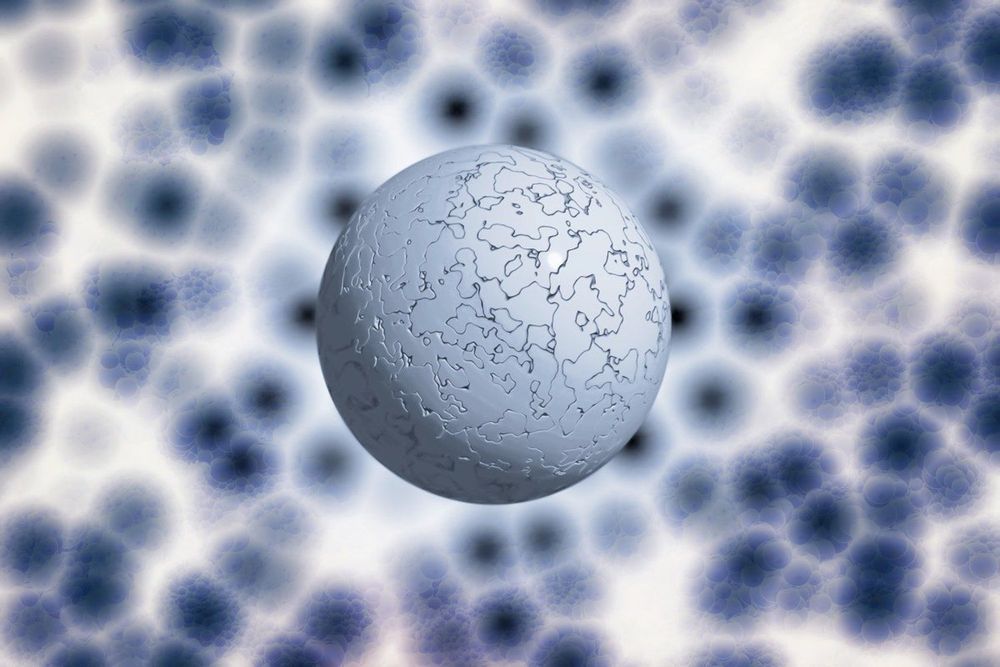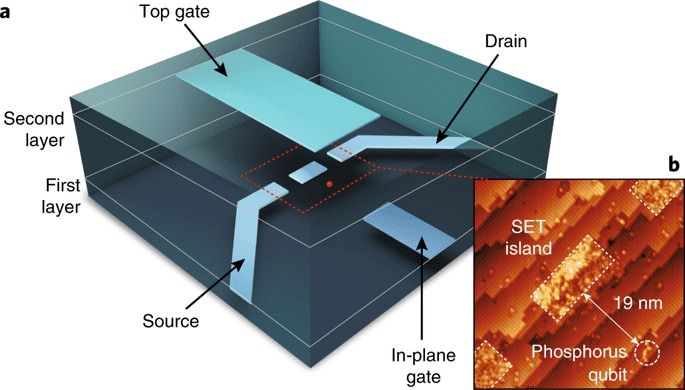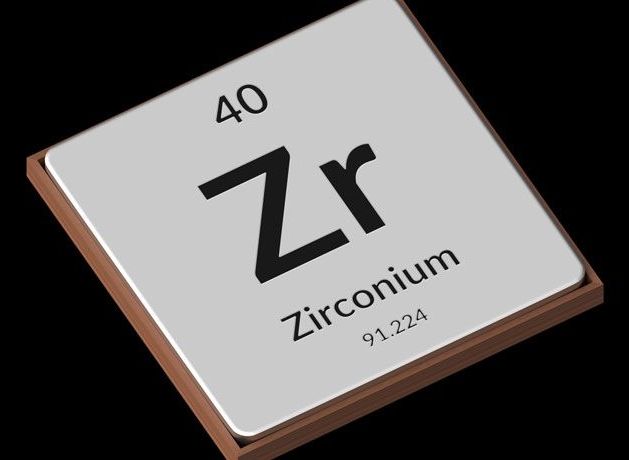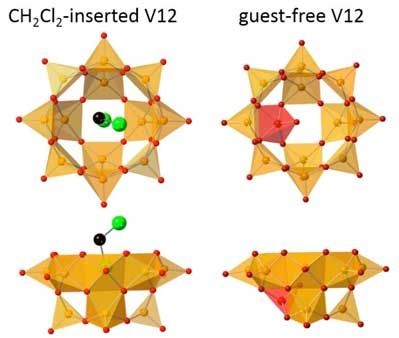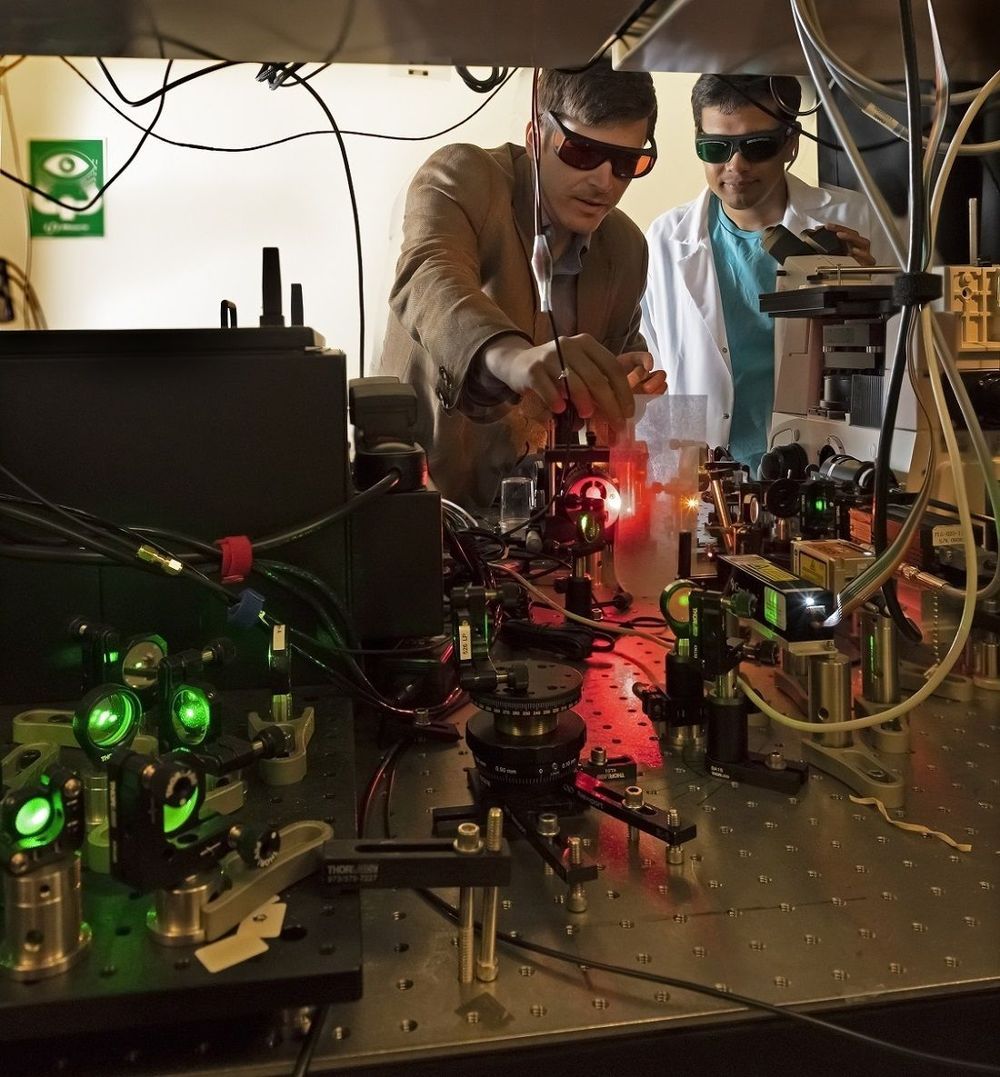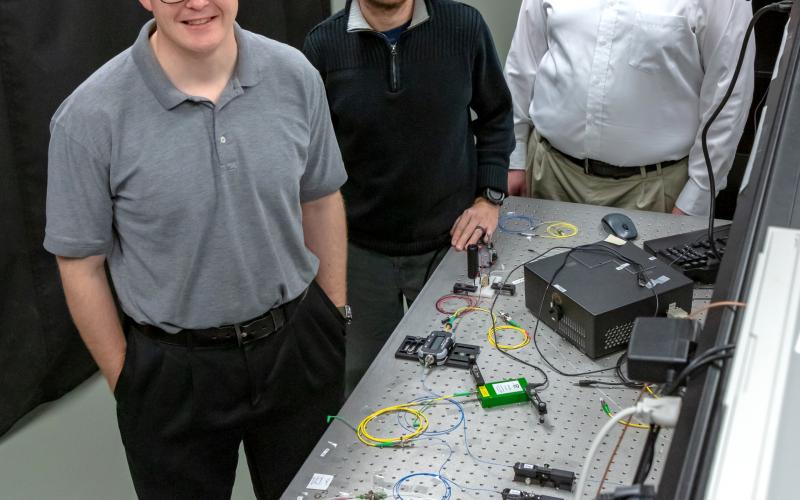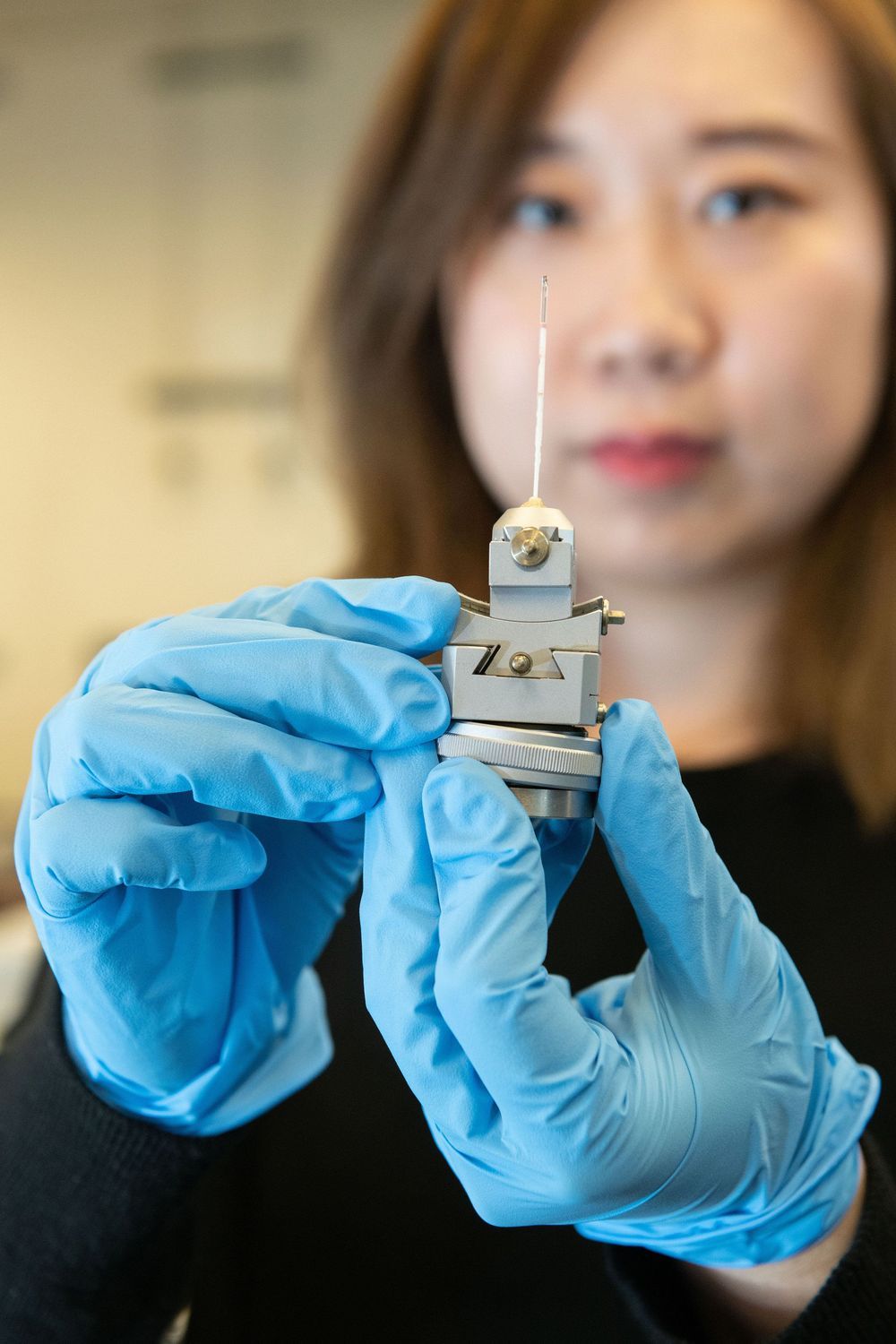Jan 15, 2019
CERN Unveils Design for 62-Mile-Round Atom Smasher More Powerful Than the Large Hadron Collider
Posted by Carse Peel in categories: futurism, particle physics
A scientific collaboration has released a concept design for the Large Hadron Collider’s successor, an enormous new experiment that would sit inside a hundred-kilometer (62-mile) tunnel.
The design concept plans for two Future Circular Colliders, the first which would begin operation perhaps in 2040. The ambitious experiments would hunt for new particles with collision energies 10 times higher than those created by the Large Hadron Collider (LHC). The concept design is the first big milestone achieved by the scientific collaboration.

